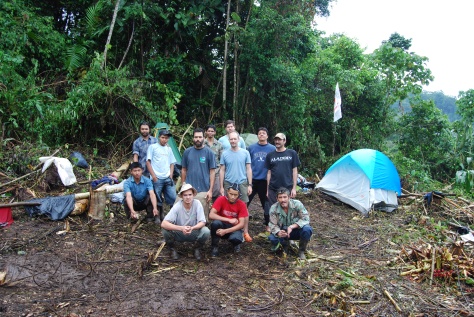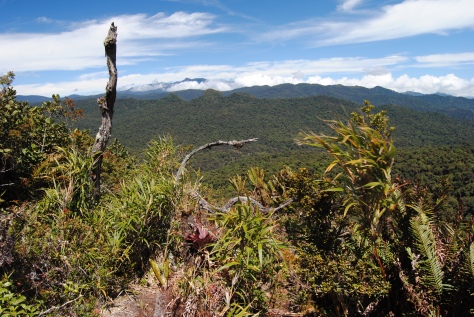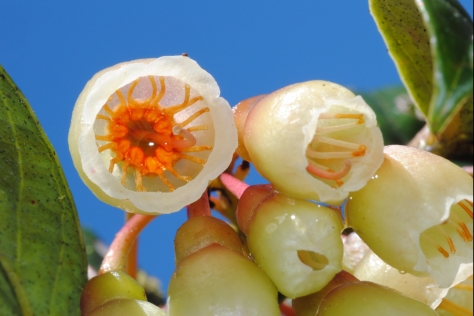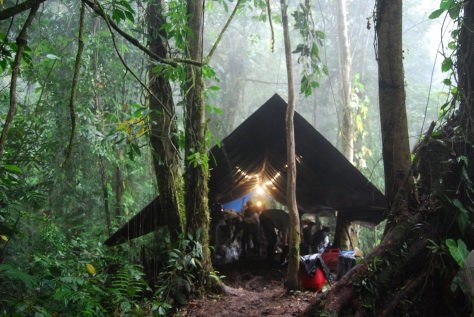
Finally, and after many years of fieldwork, identification, writing, checking, editing and correcting our checklist to the vascular pants of La Amistad Binational Park, produced by a team of Costa Rican and Panamanian botanists, and myself, has been published! It has been a challenging and protracted undertaking which at several times I thought would never be completed and special thanks go to a very patient and dedicated editor, Maarten Christenhusz. Checklists are generally not highly regarded in scientific circles as they are effectively lists of what has been documented at particular place. They are though, incredibly important as they represent verified and falsifiable lists synthesising data from several sources and are often the building blocks of other scientific research and much more highly cited publications. They also provide a baseline for conservation and future exploration.

La Amistad itself is a UNESCO World Heritage property and Binational Park shared by Costa Rica and Panama. It covers about 4,000 km2 and contains an incredible 3,046 species of vascular plants, of which 73 are found nowhere else. This makes La Amistad one of the most species-rich places on earth for vascular plants and of great importance for conservation. Part of the reason for this high diversity is the number of contrasting habitats from Paramo, natural grasslands to evergreen oak forest, cloud forest and tropical wet forest.

The plan to do a checklist to the park followed several years of field exploration undertaken as part of Flora Mesoamericana and then a Darwin Initiative project to generate baseline information for the park’s management. This involved hiking and camping for two to three weeks at a time and was some of the most exhilirating fieldwork that I have done. Once we had our collections identified we then used inventories of local herbaria in Costa Rica and Panama, existing taxonomic treatments combined with reliable online resources such as Tropicos to compile a more exhaustive list. We then compared this to a vegetation map which we had produced and elevation ranges from specimen labels to associate each species with a particular vegetation type and in the interests of verifiability we cite all of the known colections of each species made in the park. I am sure there are several errors waiting to be uncovered in the list but despite this, and its relatively low impact factor, it is probably the paper that I am most proud of having been involved with. Firstly because for several years I feared it would never get finished, and secondly because most of the authors are Costa Rican or Panamanian.

